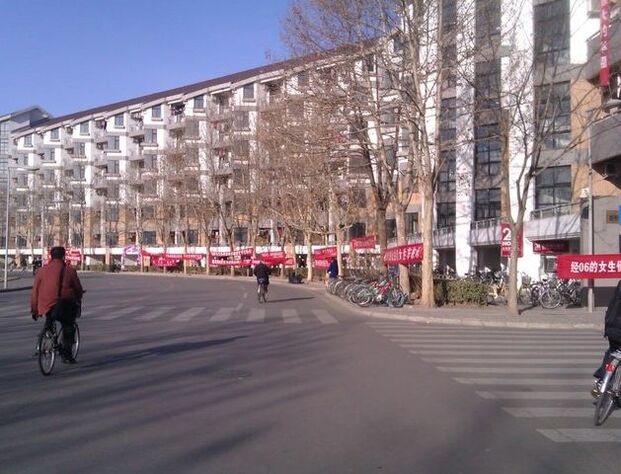|
|
|
According to the 2000 census in China, 3.23 percent of married citizens are in an interethnic marriage, and 12 of the 56 officially recognised ethnic groups have an intermarriage rate higher than 50 percent, meaning more than half of married people in these 12 ethnic groups are in an interethnic marriage.
While these statistics suggest that the multiethnic population is not small in China, multiethnic identity options are not officially available in China. All Chinese citizens are registered at birth by their parents with only one official ethnic category, which must be the same as at least one of their parents. This exclusive ethnic identity is presented on the person’s ID card, largely influences their life chances in a wide range of domains, and can hardly be changed. How do people with mixed ethnic backgrounds deal with the limited and exclusive identity choices? Compared to the debates and social movements in western countries, why is the topic of multiethnic identity seldom brought up in China? In my Identities article, 'Official classification, affirmative action, and self-identification: Hui-Han biethnic college students in China', I focus on a specific group of people in China who have multiethnic backgrounds – college students who have a Han parent and a Hui parent – and examine how they understand their ethnic identity. Han is the majority ethnic group that constitutes 91.5 percent of the national population. Hui is the fourth largest ethnic group, the largest Muslim group, and the most geographically dispersed minority ethnic group in China. Using interviews with 20 respondents, I investigate whether this group of people experience any discrepancy between their multiethnic backgrounds and their official, single ethnicity, and what their attitudes are towards institutionalising multiethnic identities.
Using an inductive analytical approach, I find that the sole ethnic categorisation principle and preferential policies for ethnic minorities shape the Hui-Han bi-ethnic college students’ ethnic self-identification. While the respondents in my research had very different levels of exposure to Hui culture in their upbringing (and six of them believed that there were no Hui characteristics in their upbringing or lifestyle), they were also registered as Hui by their parents. Most of them identified themselves more strongly as Hui than as multiethnic or Han, and they frequently referred to their ID card, household registration record and the practices of reporting Hui ethnicity on bureaucratic forms when explaining their self-identification.
I also find that college environment plays a role in shaping their experiences of their multiethnic background and official single ethnicity. Students from China’s special 'Minzu University' (university for ethnicities), where the student population is ethnically more diverse and ethnicity is a very salient topic, were more likely to feel frustrated about the discrepancy between their Hui official ethnicity and their multiethnic backgrounds, because they felt their peers and instructors expected them to behave like Hui. Students from regular, Han-dominated universities, on the other hand, tend to see ethnicity as a symbolic label and downplay its salience in their life. At the end of the interviews, most respondents expressed negative attitudes institutionalising multiethnic identities in China. This may be surprising as they themselves come from multiethnic backgrounds, but is not surprising if we consider that most of them identify themselves more as Hui than as mixed. It is possible that the authoritarian political culture in China makes people more likely to accept official ethnic categories as objective facts. The fact that China has an overwhelming Han population also means that the issue of mixed-ness has not received as much attention as in the Anglophone West.
Blog post by Xiang Lu, New York University, USA
Read the full article: Xiang, Lu. Official classification, affirmative action, and self-identification: Hui-Han biethnic college students in China. Identities: Global Studies in Culture and Power. DOI: 10.1080/1070289X.2020.1757249
0 Comments
Your comment will be posted after it is approved.
Leave a Reply. |
|
Explore Identities at tandfonline.com/GIDE |
|
The views and opinions expressed on The Identities Blog are solely those of the original blog post authors, and not of the journal, Taylor & Francis Group or the University of Glasgow.

